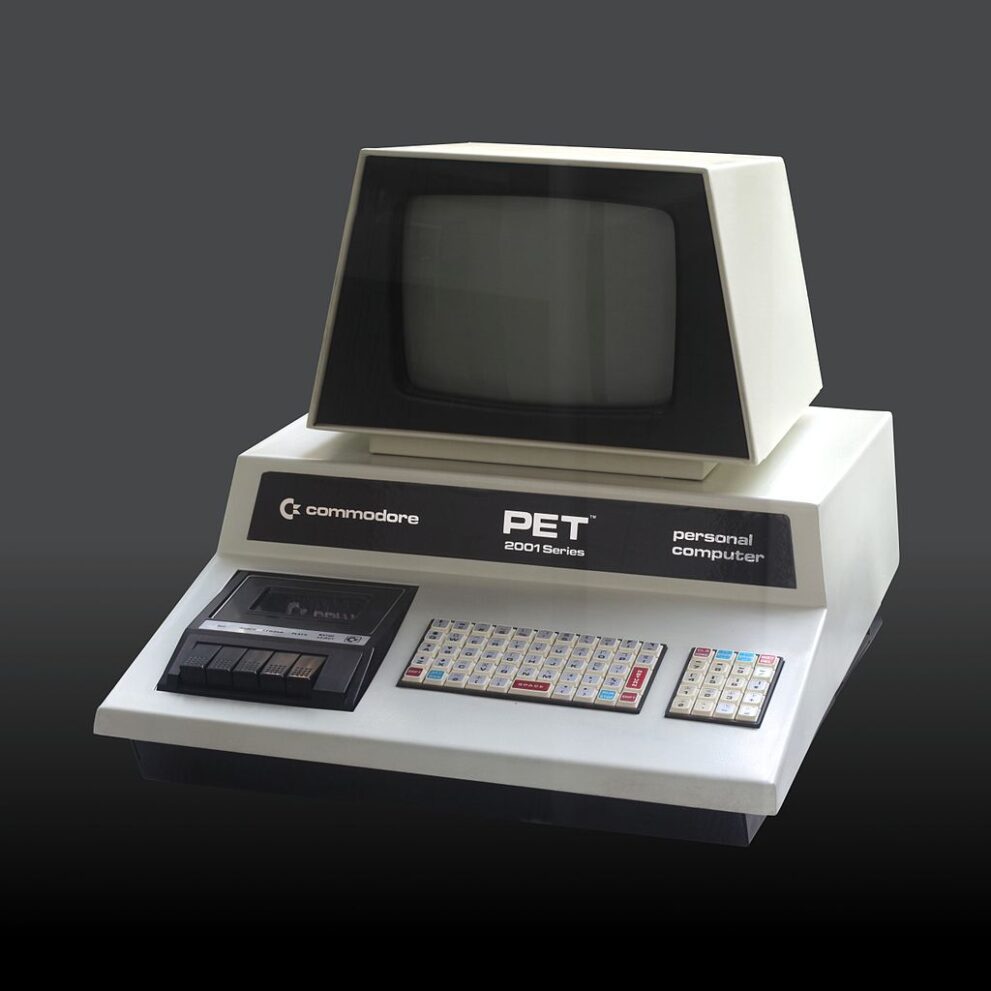
The first computer is a subject of debate, as the definition of a computer has evolved over time. However, one of the earliest devices considered to be a programmable computing machine is the Analytical Engine, proposed by Charles Babbage in the early 19th century. Although it was never built during his lifetime, the Analytical Engine incorporated many fundamental concepts of modern computing, such as the use of punched cards for input and output, a memory unit, and a processing unit capable of performing arithmetic calculations.
Another notable early computer is the Electronic Numerical Integrator and Computer (ENIAC), which was built in the 1940s. ENIAC was the first general-purpose electronic computer and was used for calculations related to scientific research, military projects, and other applications.
It’s important to note that computers have undergone significant advancements and transformations over the years, with multiple pioneers and developments contributing to their evolution. The concept of a “first” computer can vary depending on the criteria used, such as programmability, electronic components, or specific functionalities.
What were the first modern day computers?
The first modern-day computers were electronic digital computers that emerged during the mid-20th century. Here are a few notable examples:
- ENIAC (Electronic Numerical Integrator and Computer): Built in the 1940s, ENIAC was the first general-purpose electronic computer. It was used for calculations related to scientific research, military applications, and other projects.
- UNIVAC I (Universal Automatic Computer I): Developed in the early 1950s, UNIVAC I was the first commercially available computer in the United States. It was primarily used for scientific and business applications, including data processing and census calculations.
- EDSAC (Electronic Delay Storage Automatic Calculator): Constructed in the late 1940s, EDSAC was the first practical stored-program computer. It utilized a mercury delay line memory and played a significant role in advancing computer technology in the UK.
- EDVAC (Electronic Discrete Variable Automatic Computer): Proposed in the mid-1940s, EDVAC introduced the concept of storing instructions and data in the same memory. This design concept became a standard feature in subsequent computers.
- IBM 650: Introduced in 1954, the IBM 650 was one of the earliest mass-produced computers. It was widely used in business applications and scientific research, and over 2,000 units were sold.
These early computers laid the foundation for the development of modern-day computing technologies. They were large, room-sized machines with limited processing power and memory compared to today’s computers, but they were significant milestones in the history of computing.
What was the first home computer that was popular?
The first home computer that gained significant popularity was the Commodore PET (Personal Electronic Transactor), introduced in 1977. The PET was a complete personal computer system with a built-in keyboard, monitor, and cassette tape drive for storage. It was designed for home and small-business use.
The Commodore PET had a simple yet functional design and came in different models with varying memory capacities. It featured a full QWERTY keyboard, a 9-inch monochrome display, and a BASIC programming language built into its ROM. It was one of the first home computers to offer an integrated design, making it accessible and convenient for users.
The PET gained popularity due to its relatively affordable price, ease of use, and availability. It found success among early computer enthusiasts, hobbyists, and educational institutions. The computer’s popularity contributed to the growth of the home computing market and set the stage for subsequent home computer releases from various manufacturers.
While the Commodore PET was influential in the early days of home computing, it was later surpassed in popularity by other home computers like the Apple II and the TRS-80. However, it played a significant role in bringing computing technology into people’s homes and shaping the future of personal computing.



 Share
Share Tweet
Tweet Share
Share




Comment